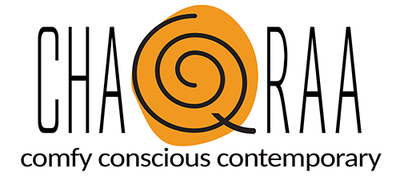What are Mudras?
Mudras are a form of yoga that involves the use of hand gestures to stimulate different parts of the body and mind. The word “mudra” comes from the Sanskrit language, which means “seal” or “gesture”. Mudras are believed to have originated in ancient India, where they were used as a form of meditation and spiritual practice.
There are hundreds of mudras, each with its own unique benefits and effects. Some mudras are simple and can be performed by anyone, while others require more practice and concentration. The most common mudras involve pressing the fingers together in different ways, while others involve touching specific parts of the body.
How Do Mudras Work?
Mudras work by activating different parts of the body and mind through the stimulation of nerve endings in the fingers and hands. Each finger is associated with a different element and energy in the body, and by pressing them together in certain ways, the flow of energy can be directed to specific areas. Mudras are usually used in conjunction with yoga asanas and pranayama for maximum benefits. Proper use of mudras can lead to balance the five elements in the body: earth, water, fire, air, and ether. By balancing these elements, the body can achieve a state equilibrium and overall wellbeing.
Benefits of Mudras
Mudras have numerous benefits for physical, mental, and spiritual health. Some of the most common benefits include:
-
Stress relief: Mudras can help reduce stress and anxiety by promoting relaxation and calming the mind.
-
Improved concentration: Mudras can help improve focus and concentration by directing the flow of energy to the brain.
-
Better sleep: Mudras can help promote better sleep by relaxing the body and mind.
-
Pain relief: Mudras can help alleviate pain by stimulating nerve endings in the fingers and hands.
-
Improved digestion: Mudras can help improve digestion by stimulating the digestive system.
-
Increased energy: Mudras can help increase energy levels by balancing the flow of energy in the body.
-
Spiritual growth: Mudras can help promote spiritual growth by balancing the chakras and promoting inner peace.
Common Mudras
There are many different mudras, each with its own unique benefits and effects. Some of the most common mudras include:
-
Gyan mudra: This mudra involves touching the tip of the index finger to the tip of the thumb, while the other fingers remain straight. This mudra is believed to improve concentration and memory.
-
Prithvi mudra: This mudra involves touching the tip of the ring finger to the tip of the thumb, while the other fingers remain straight. This mudra is believed to promote healing and reduce stress.
-
Varun mudra: This mudra involves touching the tip of the little finger to the tip of the thumb, while the other fingers remain straight. This mudra is believed to balance the water element in the body and improve skin health.
-
Vayu mudra: This mudra involves touching the tip of the index finger to the base of the thumb, while the other fingers remain straight. This mudra is believed to balance the air element in the body and improve digestion.
-
Shunya mudra: This mudra involves touching the tip of the middle finger to the base of the thumb, while the other fingers remain straight. This mudra is believed to alleviate pain and reduce anxiety.
Like any other techniques in yoga, maximum benefits will yield only when the practitioner uses the technique learnt properly, with care and necessary focus and awareness. The same goes to applying the science of mudras for wellbeing. This article is written to give you some information about the mudras, and if you are ready to incorporate this into your daily routine, be sure to learn it the right way from qualified yoga teachers.


0 comments